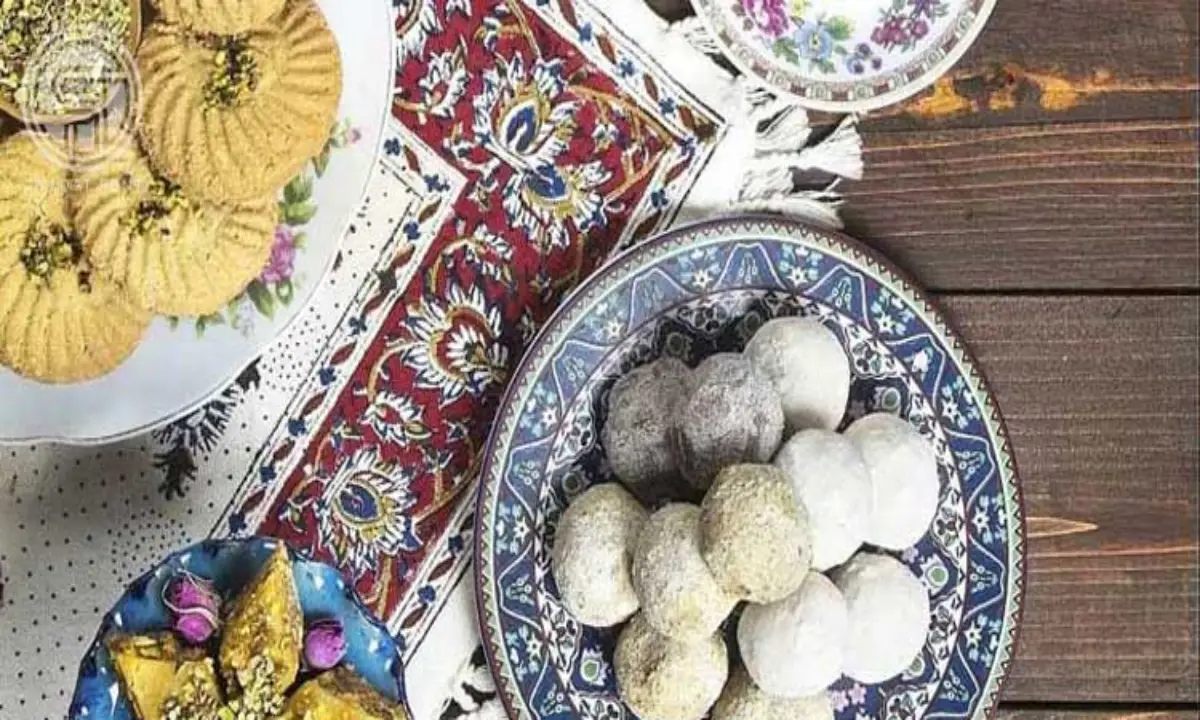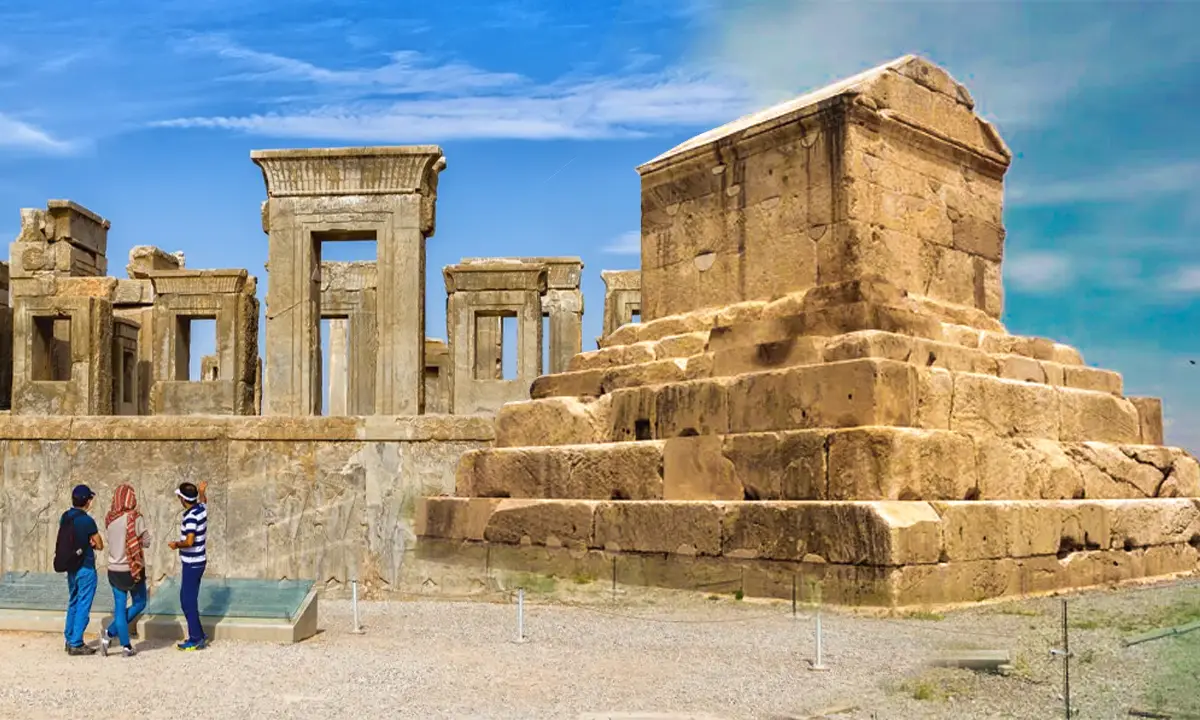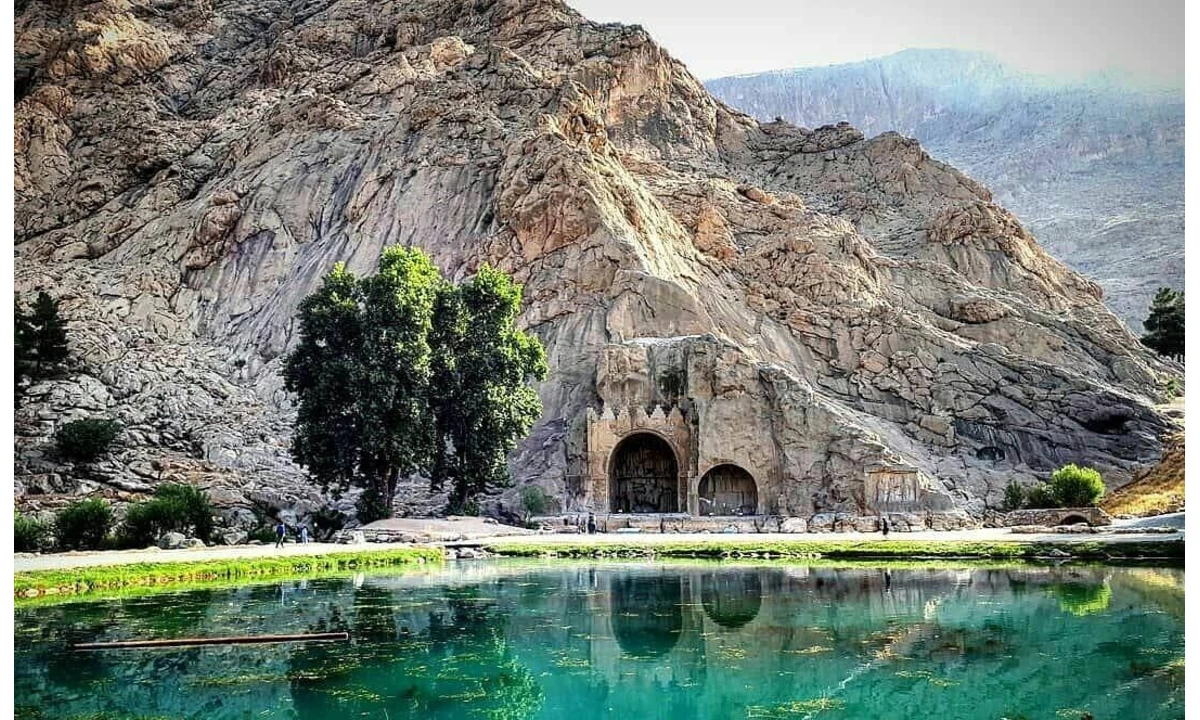Niavaran Complex in Tehran: Historical Palace of the Last Royal Family
![]() Author : shiva | Date : Sunday 27 July 2025 14:50
Author : shiva | Date : Sunday 27 July 2025 14:50
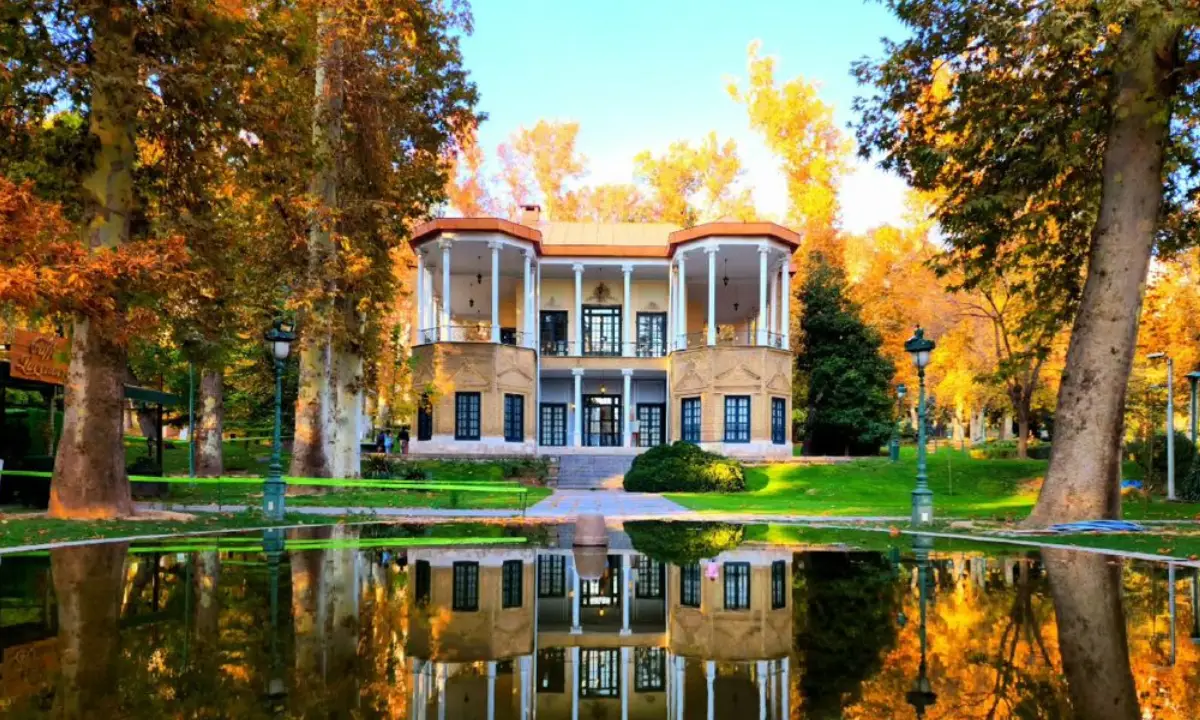
Niavaran Complex in Tehran once housed Mohammad Reza Pahlavi, the last king of Pahlavi, and formerly Nasser Al-din Shah lived there. First of all, Fath Ali Shah Qajar had made it to his summer house. It is impossible to talk about Tehran and not mention the Niavaran complex.
At that time, Fath Ali Shah Qajar probably never thought that several generations of kings would live in this building and eventually become a major museum. Join us to talk about the Niavaran complex in Tehran. but this complex which includes many palaces housed many kings and their stories.
As we mentioned, the historic Niavaran complex is referred to be the last residence of the Pahlavi dynasty in Iran. Together we will walk into Niavaran Palace and go to different parts of it. We show you photos of Niavaran Palace in Tehran and give you information about each section.
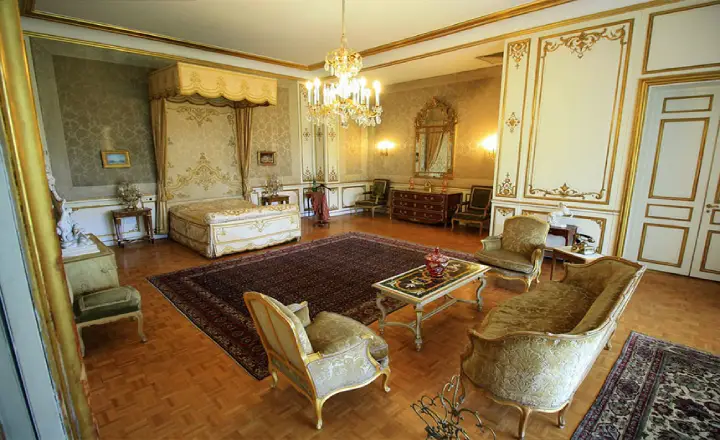
This palace is one of the most beautiful works in Iran's attractions, which has several masterpieces of authentic Iranian and Islamic architecture alongside its beautiful garden that is related to the last kingdom of Iran. stay with us to get to know the history, architecture, and all the features of this beautiful complex.
Niavaran complex History
The Niavaran complex was built in the northern part of Tehran with an area of 9,000 square meters and is related to the Qajar era. The construction of this beautiful complex began in Mohammad Shah Qajar's time, Then Nasser al-Din Shah added Saheb Qaraniyeh's historical monument to Niavaran Garden.
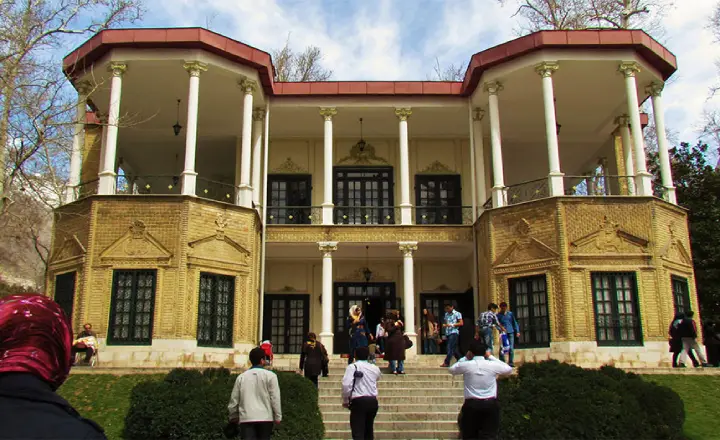
Another beautiful buildings in Niavaran Garden are Ahmad Shahi Koushk, which is the latest monument built in the Qajar era at the Palace of the Niavaran Museum. In 1337, under the supervision of Mohammad Reza Pahlavi, small buildings were destroyed in the garden, and a beautiful and modern palace was built for the royal family, which is today known as the Niavaran Palace.
✔️Read More : Top Tehran Attractions - What is famous in Tehran?
Saheb Qaraniyeh Palace in Niavaran Complex
Saheb Qaraniyeh Palace is the first building of the Niavaran complex, which was the residence of Naser-al-Din Shah Qajar, located in the southern part of Niavaran Garden.
During the reign of Mohammad Reza Pahlavi, major changes were made to the interior decoration of the palace; the first floor of the palace was used as a guest house and the second floor was used as the office of Mohammad Reza Shah.
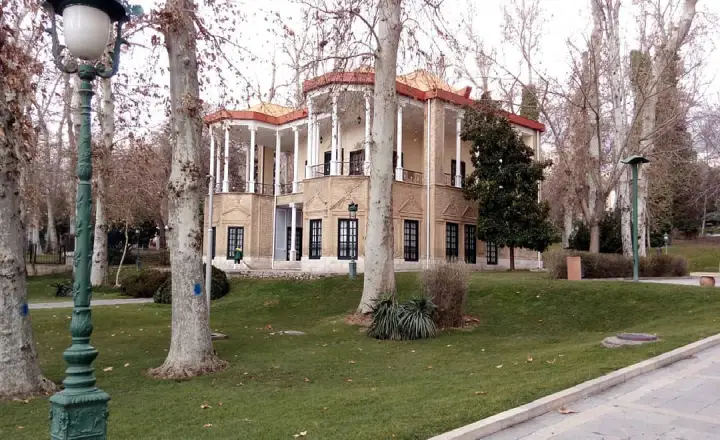
Attractions of Saheb Qaraniyeh Palace
Some of the attractions of Saheb Qaraniyeh Palace are the Jahan Nama hall, Hoz khaneh, Korsi khaneh, and the mirror hall. These halls are decorated with very old paintings, beautiful works of calligraphy, and expensive objects.
Ahmad Shahi Koushk in Niavaran Palace
At the end of the Qajar era, Ahmad Shahi Koushk was built on two floors as Ahmad Shah Qajar's dormitory in the Niavaran complex with an area of 800 meters. Access to this beautiful monument is from the southern side of the palace.
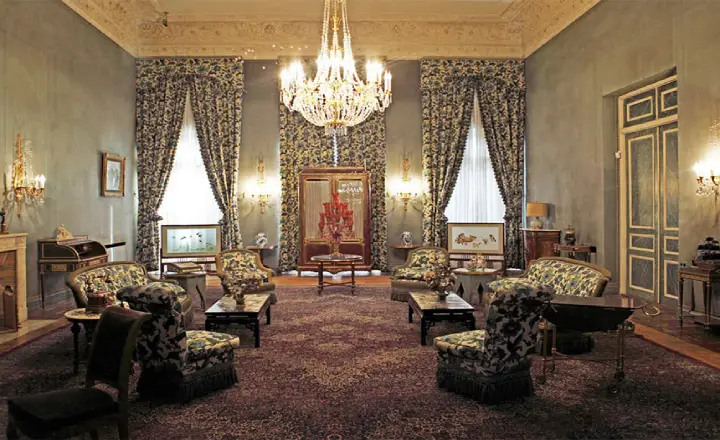
The point that distinguishes Ahmad Shahi Koushk from other Niavaran garden palaces is the beautiful brick facade of the building. During the reign of Mohammad Reza Pahlavi, there were changes in the interior design of the palace and used as a place of work and residence of the king.
Attractions of Ahmad Shahi Koushk
In this building in the Niavaran complex, you can find expensive objects of silver, bronze, wood, ivory, plant and animal fossils, a piece of rock from the moon's surface (the gift of Richard Nixon, former President of the United States to Mohammad Reza Pahlavi), gifts from the heads of various countries and beautiful paintings.
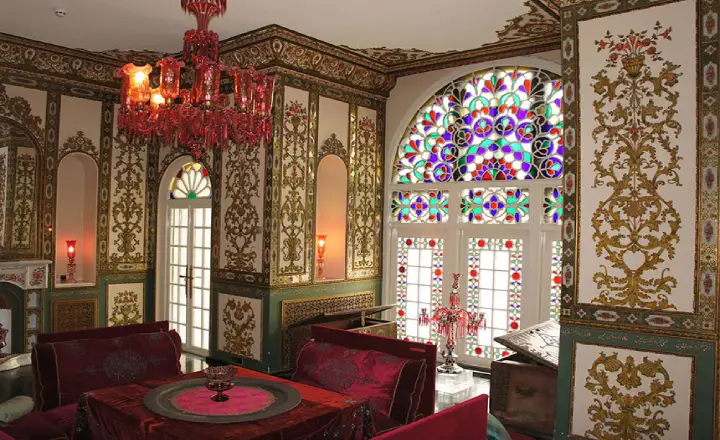
Niavaran Palace in Tehran
Niavaran Palace is the main palace of the Niavaran complex located in the northeastern part of the garden. As we mentioned above, Mohammad Reza Pahlavi was ordered to construct this palace in 1337, and in 1346 the construction project was completed.
The palace has two and a half floors and was originally used as a Guesthouse for foreign guests, then it was designated as the seat of Mohammad Reza Shah and his family. The architecture of Niavaran Palace is an integral part of Iranian and Islamic architecture.
✔️Read More : Golestan Palace in Tehran: A Historic Masterpiece
Attractions of Niavaran Palace
On the first floor of the Niavaran Palace, you can see the blue hall, dining room, Proprietary cinema, waiting room as well as a collection of valuable Iranian handicrafts such as handmade Persian carpets.
The king's wife's secretary's office, workroom, and conference room are all located on the first half floor of the palace. Moreover, there are some exquisite pieces, such as the Buddha statue and the Indian ivory artwork. The Shah children's room, Farah's cosmetics room, and Farah's dressing room (which has a collection of Balochestan's needle gowns) are all located on the second level. Mohammad Reza Shah and Farah's bedroom is also on this floor.
During the visit to the main building of the Niavaran complex, you will see the Shah's official and military uniforms, Shah medals, precious objects, paintings of foreign and Iranian painters, Persian carpets, and Chinese dishes.
✔️Read More : Saadabad Complex in Tehran; the last residence of Pahlavi in Iran
Museum of inscriptions in Niavaran complex
During the collaborations between the Niavaran Collection and the Cultural Heritage Organization, in the eastern part of the Niavaran complex, there has been a permanent exhibition of the inscription written by the predecessors of Iran Land. In this exhibition, 43 Moulages belonging to the rocky inscriptions have been exhibited:
- The Medes era with the Ourati, Ashouri, and Arami lines in the areas of Saraband Ahar
- The Parthian and Sasanid Empire with the ancient Persian language, Arami, Elam, and Akadi lines and languages until the Late Sassanid era
Some of the most important inscriptions in the Museum are:
- Collection of inscriptions from Shapour and Ardeshir in the Naqsh-e Rustam
- Shapur I inscription as Naqshe Rajab
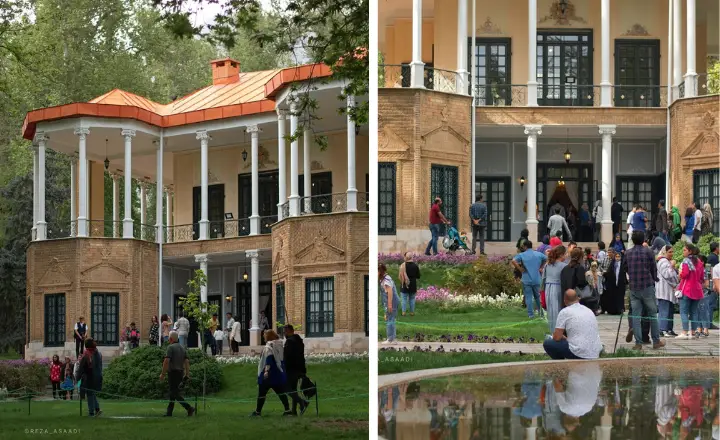
Jahan Nama Museum in Niavaran complex
The Jahan Nama museum is part of the Saheb Qaraniyeh Palace, located on the southern side of the Niavaran complex, and has beautiful works of contemporary visual art from around the world.
The Pahlavi family acquired some of these pieces, and they also received donations of other pieces from many civilizations. Famous painters including Pablo Picasso, Paul Gauguin, Salvador Dali, and Georges Braque produced some of these pieces.
✔️Read More : TOP Iran Mosques | The Most Beautiful Mosques In Iran
More information about Niavaran Complex:
Address: Niavaran Complex - Niavaran Square – Tehran - Tehran Province - Iran
Access time: 8:00 till 17:00
Closure time: 9th and 10th of Muharram – 28th of Safar – 21st of Ramadan – 25th of Shawwal – 14th of Khordad
Cost for foreign nationals: 150,000 IRR
Suggested visit time: 1 to 2 hours
Phone number: 021- 22287004
Suggestions:
Nearest Tourist Attractions: -
Best time to visit: Every four seasons
last word
Exploring the Niavaran Historical Complex and Niavaran Palace in Tehran offers a deep dive into Iran's royal past and cultural richness. This site, with its blend of history, art, and architecture, provides an enlightening experience for anyone interested in the evolution of Persian royalty and their lifestyles. Here are four FAQs to guide your exploration.
FAQ
Let's Answer some questions
Can you highlight some key attractions within the Niavaran Palace?
- Niavaran Palace: The main palace, known for its modern 20th-century architecture, luxurious furnishings, and the art collection of the Pahlavi dynasty.
- Sahebqraniyeh Palace: Featuring exquisite Qajar era art and decorations.
- Ahmad Shahi Pavilion: A smaller, yet charming building with historical artifacts.
- Royal Library: Housing a vast collection of books, many of which are rare manuscripts.
What are the best tips for planning a visit to the Niavaran Historical Complex?
- Timing: Visit early in the morning to enjoy the complex with fewer crowds.
- Dress Code: Dress modestly out of respect for cultural norms.
- Guided Tours: Consider taking a guided tour to gain deeper insights into the history and significance of the various exhibitions and buildings.
.webp)
